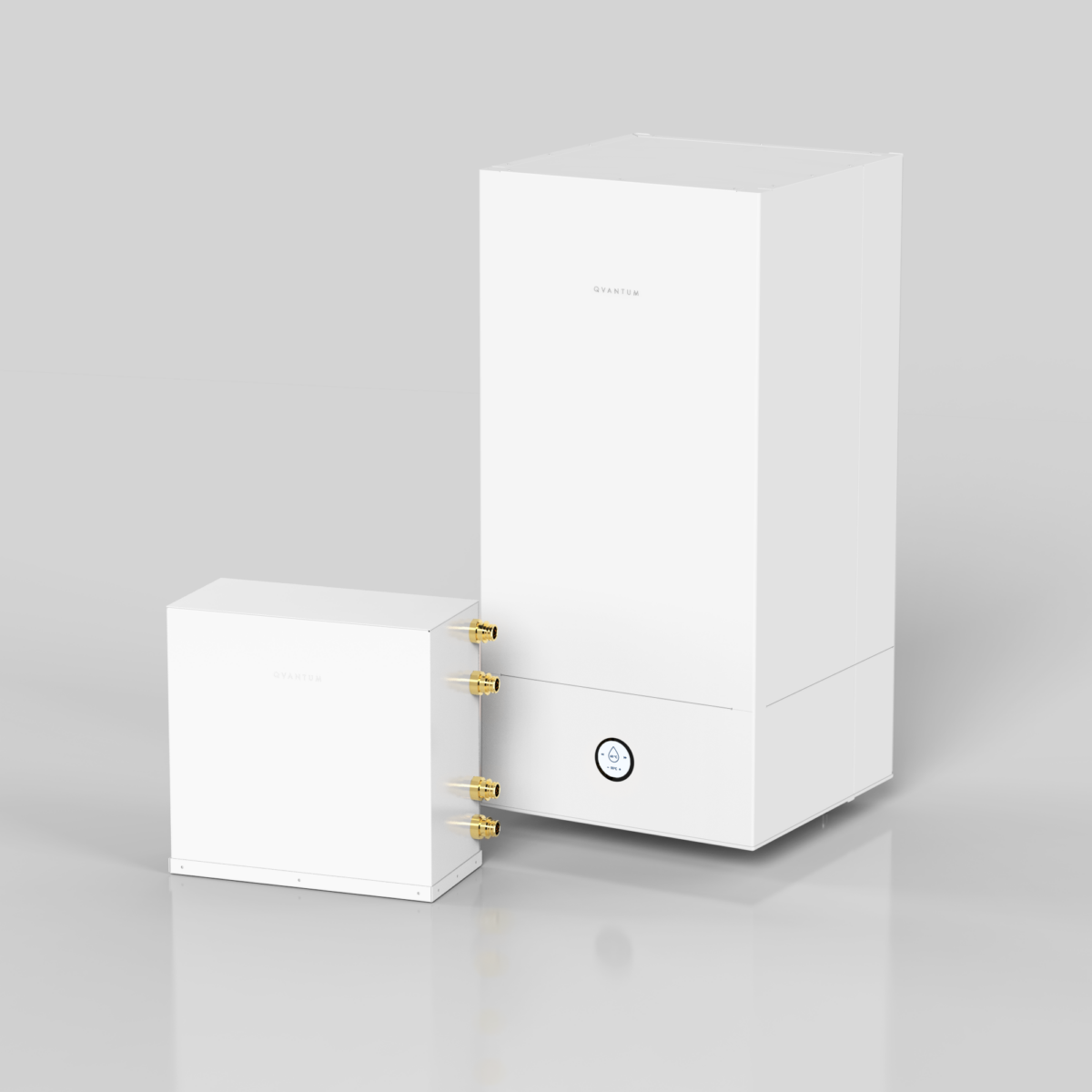TorontoBuilder
Ultra Member
The HRAI, that's the Heating Refrigeration and Air Conditioning Institute of Canada never listens to Canadian Experts... not until some European comes to speak at a symposium about what their country did over the course of close to 3 decades does our industry start to wise up...
He didn't tell us anything new, or anything our experts haven't been saying for almost two decades. He also misrepresents what state of development we are in... we're past the first stage and past the stage where as Martin Forsén, the president of the European Heat Pump Association says ""Not even the HVAC [heating] industry is convinced it's a good idea to go in that direction" and may discourage customers who want to install a heat pump."
In fact, most contractors who try to discourage a homeowner find they've just lost a customer. Cold climate heat pumps flipped the switch... carbon taxes are now just an added incentive to shift to residential heat pumps.
The article is wrong about subsidies to incentivize switching fuels... NRCan knows this and they even had a fuel neutral policy towards incentives for the past 30 years. We learned that incentives are mostly providing free ridership to those who were going to upgrade anyway. We have incentives because it makes political parties look good not because it is sound economic policy.
The real barriers are trades training. We've always been limited in the number of trained contractors who can install and service heat pumps. The way to transition is regulations on efficiencies of equipment sales, training, and TOU electric rates. Fuel pricing and carbon taxes will do the rest.
How Sweden Electrified its home heating
He didn't tell us anything new, or anything our experts haven't been saying for almost two decades. He also misrepresents what state of development we are in... we're past the first stage and past the stage where as Martin Forsén, the president of the European Heat Pump Association says ""Not even the HVAC [heating] industry is convinced it's a good idea to go in that direction" and may discourage customers who want to install a heat pump."
In fact, most contractors who try to discourage a homeowner find they've just lost a customer. Cold climate heat pumps flipped the switch... carbon taxes are now just an added incentive to shift to residential heat pumps.
The article is wrong about subsidies to incentivize switching fuels... NRCan knows this and they even had a fuel neutral policy towards incentives for the past 30 years. We learned that incentives are mostly providing free ridership to those who were going to upgrade anyway. We have incentives because it makes political parties look good not because it is sound economic policy.
The real barriers are trades training. We've always been limited in the number of trained contractors who can install and service heat pumps. The way to transition is regulations on efficiencies of equipment sales, training, and TOU electric rates. Fuel pricing and carbon taxes will do the rest.
How Sweden Electrified its home heating

